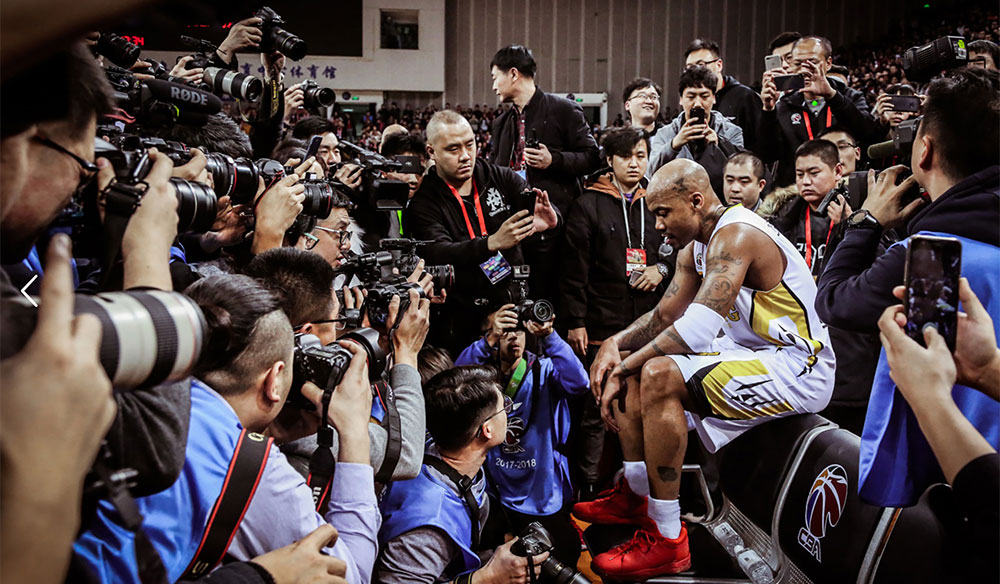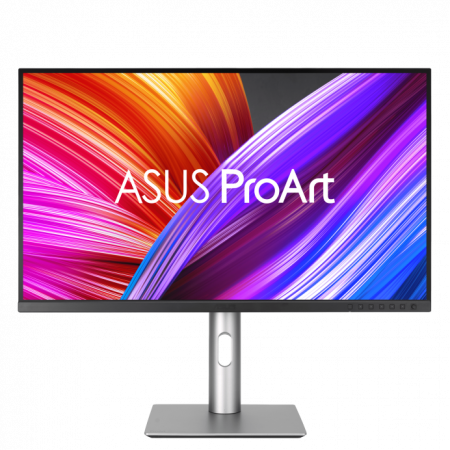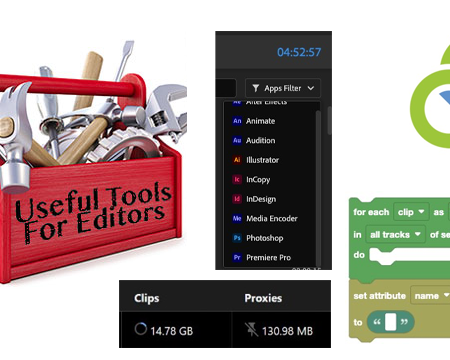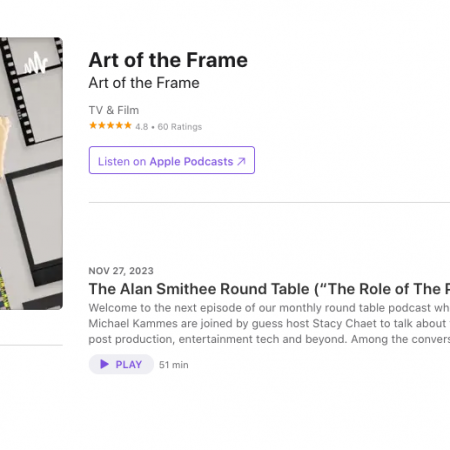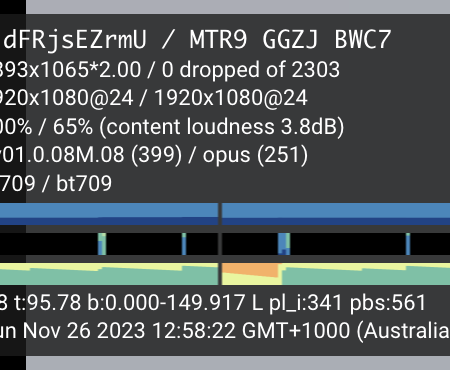Discover the “Roger Deakins way” of framing a Medium Shot by understanding the difference between a Medium Shot, Medium Long Shot, and Medium Close-Up.
Get ready to learn from one of the most acclaimed cinematographers in the film industry, Roger Deakins. He’s shot award-winning films for directors like Joel and Ethan Coen, Sam Mendes, Frank Darabont, and Ron Howard.
The medium shot is a standard camera angle used to frame a character. It’s the perfect shot to use when you want to capture a character in a personal way, as if the audience is in a conversation with them. In this breakdown, we examine Deakins’ various uses of the medium shot in his films.
The Medium Shot

In this medium shot, the audience’s focus is on James Bond, framed from the waist up. Image via Sony Pictures.
A medium shot frames a character from their waist up, creating a conversational framing that everyone is used to. It’s a relatable angle that directs the viewer’s attention to a character. To achieve this shot, you’d most likely use a lens between 35mm and 50mm, which presents an “eye like” view with manageable lens compression of your subjects, giving you that beautiful medium shot you want.
Deakins often frames his medium shots from above the waist, closer to the belly button. This offers a better composition, as it avoids framing around an actor’s joints. Cutting off directly at the waist or elbows creates a jarring image. In each of these medium shots selected, you’ll see how Deakins frames just on the edge of the elbows, rather than in the middle of the elbow.

Not only is the audience on conversation-level with the actor, the chaos of the scene is still captured in the background. Image via Miramax.
The biggest takeaway from these medium shots is that they give the audience so much more information than just seeing a character. To properly frame a medium shot, you must pay attention to all of the surroundings and particular attention to the lighting. The medium shot should show off the scenery as much as the character.
The Medium Long Shot

This medium long shot shows James Bond, yet places the emphasis on his location. Image via Sony Pictures.
The medium long shot frames the subject from the knees up, and is often focusing on the location rather than the character. It’s typically used as an establishing shot, as it shows a character in relation to their surroundings. To achieve this shot, avoid framing on the joints, especially the knees. Notice how Deakins typically frames from just below the knee.

In this scene, the background is just at important to the moment as the looks on the characters’ faces. Image via Castle Rock Entertainment.
By understanding the difference between a medium shot and a medium long shot, you can create a more engaging and informative visual story. So, go ahead and experiment with these shots to see how they can enhance your storytelling skills!
Get ready to learn from the master of cinematography, Roger Deakins. One of his signature moves is using the medium long shot to focus on the background instead of the character. Take a look at the stunning shots from The Assassination of Jesse James by the Coward Robert Ford and Skyfall, where only a silhouette of the character is used to draw your attention to the landscape. To achieve this shot, use a longer focal length like an 85mm or higher.
Moving on to the medium close-up shot, it frames a character from the middle of their chest up, including their shoulders. This shot is perfect for capturing a range of emotions, just like Everett’s reaction in O Brother, Where Art Thou? The background is not the focus, but it complements the overall composition. Check the costume’s framing and avoid joints to ensure a perfect shot.
Deakins also has a consistent way of lighting his medium shots. He uses the cove light, which is a giant diffused source angled down towards the actors, and the ring light, one of the most famous lights in Hollywood. Todd Blankenship has made a DIY build of this rig, which is simple, cheap, and will get you one of the iconic Deakins shots. With these tips, you’re on your way to becoming a master cinematographer like Roger Deakins.Lights, camera, action! Framing your actors and subjects is crucial to telling a compelling story through film. But don’t feel limited to just one approach. While Roger Deakins is a master at framing medium shots, there are countless ways to experiment and enhance your storytelling through composition.
And if you’re looking for inspiration, look no further than Deakins himself. Not only is he a talented cinematographer, but he’s also an active member of the filmmaking community. Check out his website, RogerDeakins.com, and his new podcast where he shares insights into his work and collaborations. It’s a gold mine of knowledge for any aspiring filmmaker.
Ready to dive deeper into the world of cinematography? Check out these inspiring articles on the enigmatic style of Rodrigo Prieto, the stylings of Bradford Young, lighting techniques for villains, and a breakdown of the look of Parasite.
So grab your camera and keep exploring the art of storytelling through film. And who knows, maybe one day you’ll be the next Roger Deakins.



